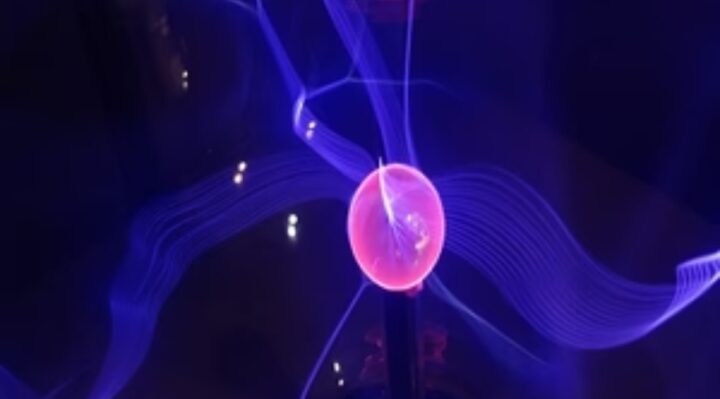
Using a confocal fluorescent microscope, the tardigrade was observed. The tardigrade was overexposed to 5-MF, a fluorescent probe that selectively targets cysteines and makes internal organs visible. CREDIT CC-BY 4.0 Smythers et al., 2024, PLOS ONE, Hardy microscopic creatures called “water bears,” tardigrades, use a molecular sensor to sense dangerous conditions in their surroundings and determine when to go dormant and when to resume their regular lives. These results are presented in a new study by a group led by Leslie M. Hicks of the University of North Carolina at Chapel Hill and Derrick R. J. Kolling of Marshall University. The study was published on January 17 in the open-access journal PLOS ONE.
Famous for their resilience, water bears can fight severe temperatures, radiation, and circumstances devoid of water or oxygen. To survive, they go into a tun condition, where their metabolism slows to very unnoticeable levels, their eight legs retract, and their bodies become dehydrated. The cues that water bears use to enter and exit this stage were not well understood in the past.
In order to induce dormancy, researchers in the new study exposed water bears to freezing temperatures or elevated concentrations of hydrogen peroxide, salt, or sugar. The animal cells created dangerous oxygen free radicals in reaction to these harmful conditions. Based on the amino acid cysteine, the researchers discovered that water bears have a biochemical sensor that alerts them to enter the tun state when oxygen free radicals oxidize it. The water bears come out of sleep when the environment becomes better and the free radicals disappear. At that point, the sensor is no longer oxidized. The water bears were unable to identify the free radicals and were unable to go dormant when the researchers used compounds that interfere with cysteine.
All things considered, the latest findings suggest that cysteine functions as a critical sensor to regulate dormancy in response to a number of stressors, including as extreme cold, poisons, and concentrated concentrations of salt or other environmental substances. According to the research, cysteine oxidation is an essential controlling mechanism that lets water bears live in constantly shifting surroundings and accounts for their exceptional resilience.
According to the authors, “our work reveals that reversible cysteine oxidation, which acts as a sensor to enable tardigrades to respond to external changes, is essential for tardigrade survival to stress conditions.”



